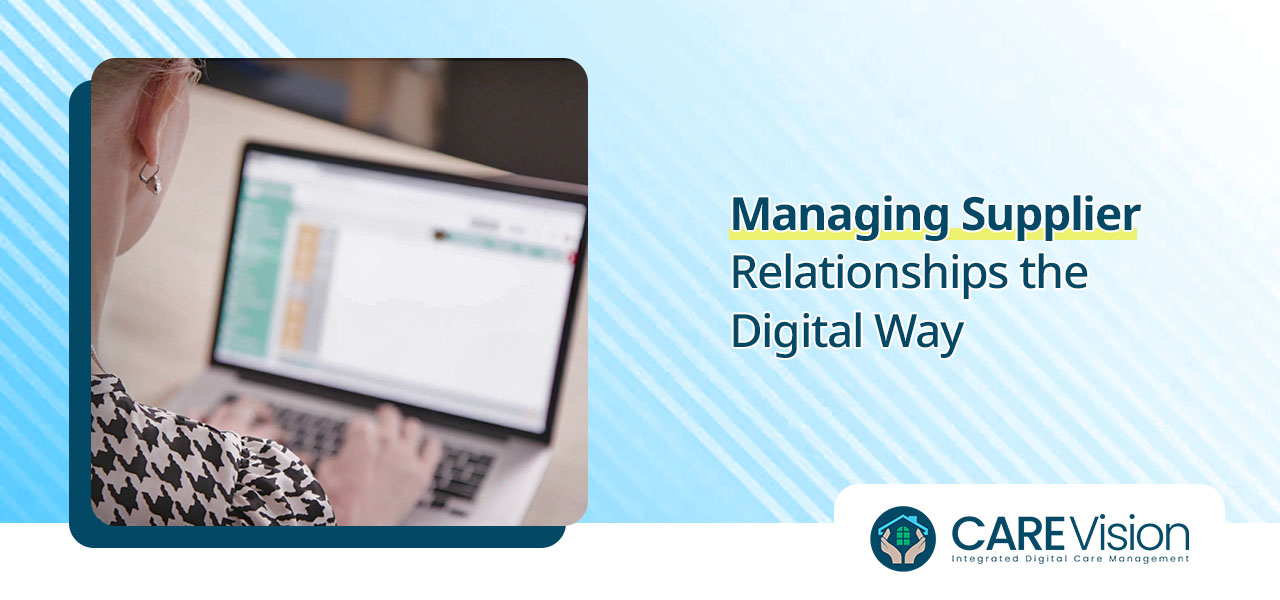CQC-registered care homes are required to undergo a CQC inspection. Designed by the Care Quality Commission to check that residential homes and other facilities are providing safe, responsive, compliant and well-led care services, the inspection covers several key areas. Care homes are awarded ratings after the inspection has been completed, which enable prospective residents and their families to understand how well, or otherwise, the facility is being managed and run.
CQC inspection ratings are awarded based on the outcomes of five key lines of enquiry, or ‘KLOEs’:
- Safety: are people protected from avoidable abuse or harm?
- Effectiveness: does the care provided result in effective outcomes and promote a good quality of life?
- Care: Are people treated with compassion, kindness and respect?
- Responsiveness: Do the services meet people’s needs
- Leadership: Is the facility well-led, with an open and fair culture and person-centred care?
Results run from ‘outstanding’ and ‘good’ to ‘requires improvement’ or ‘inadequate’. An accompanying report goes into detail about why each grade was assigned and includes feedback, concerns and recommendations as appropriate.
As with most things, being organised and understanding what you need to do are important parts of preparing for a CQC inspection. Users of Care Vision’s care management software are at a distinct advantage here, due to the comprehensive nature of the system and its ability to collate information, implement updates in real-time and produce detailed reports about all aspects of care home life. Here are four ways in which the system can help you face your next CQC inspection with confidence and come away with a successful result.
Ensure person-led care
Person-led care is an important focus for the care sector right now. Putting residents, patients and their families at the centre of care planning and services means that providers can offer tailored services that better suit people’s individual healthcare needs and wellbeing support requirements. Care Vision holds the personal records of all residents and allows users to link them to other key functions, such as eMAR medication records, nutritional monitoring and post-falls observations. This cohesion enables all care-related decisions to be made using personalised information and accurate, informed updates.
Following the checklist
There are several CQC checklists online to help you work out what you need to cover in your preparations. The great news is that most, if not all items on the list should already be part of your daily interactions on your digital care management system. Some examples include cleanliness and hygiene, safety measures, staff training, shift management, dietary requirements and meal planning, interactions with residents and family members and how caring and responsive staff are when dealing with those under their care. Care Vision generates a range of reports that provide useful data around all of these areas, as well as having a feedback and comments function that allows those involved in a resident’s care to provide their input.
Technology
As the government looks to support care providers in switching over to digital systems such as Care Vision from paper-based records, use of technology has been included in the CQCs latest regulation framework. This means that inspectors will be actively looking for ways in which a care facility uses technology to manage their admin, support their residents and create reports and audit documents. Care Vision has been awarded NHSx accreditation for excellence in delivering digital care. This means that its customers can rest easy when it comes to being able to prove to the CQC how effectively they are engaging with top-flight digital systems to manage their day-to-day operations.
Audits, paper trails and reports
Finally, a successful inspection requires clear, complete and accurate paperwork, so that the inspectors can be confident that the care home is following procedures and maintaining correct records. This not only keeps residents safe, it protects staff members too, who can prove that they have been following the right protocols, or receive training in any areas that could benefit from additional support.
Care Vision enables carers to update vital records – and share them with other members of the care team – in real-time. These updates are then carefully saved on the system in case they need to be checked, or form part of an audit for the CQC and others. It’s the same with staff records and updates, for example around training, rotas, overtime and payroll. Reports can be generated and passed to CQC inspectors far more easily and speedily if they have been set up and collated digitally.






